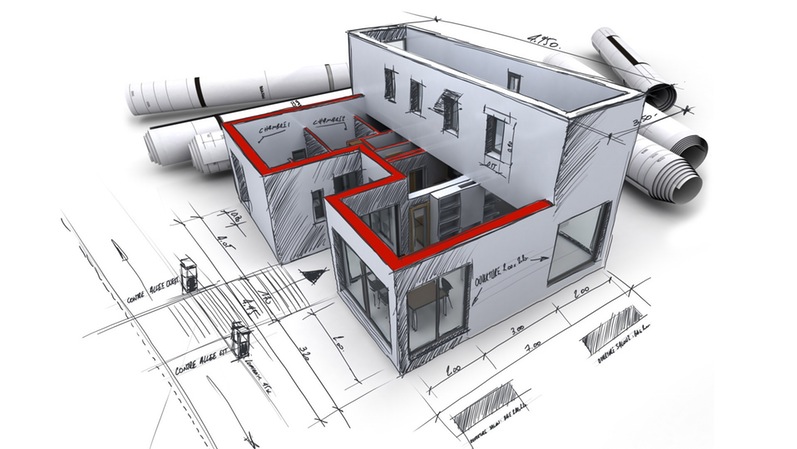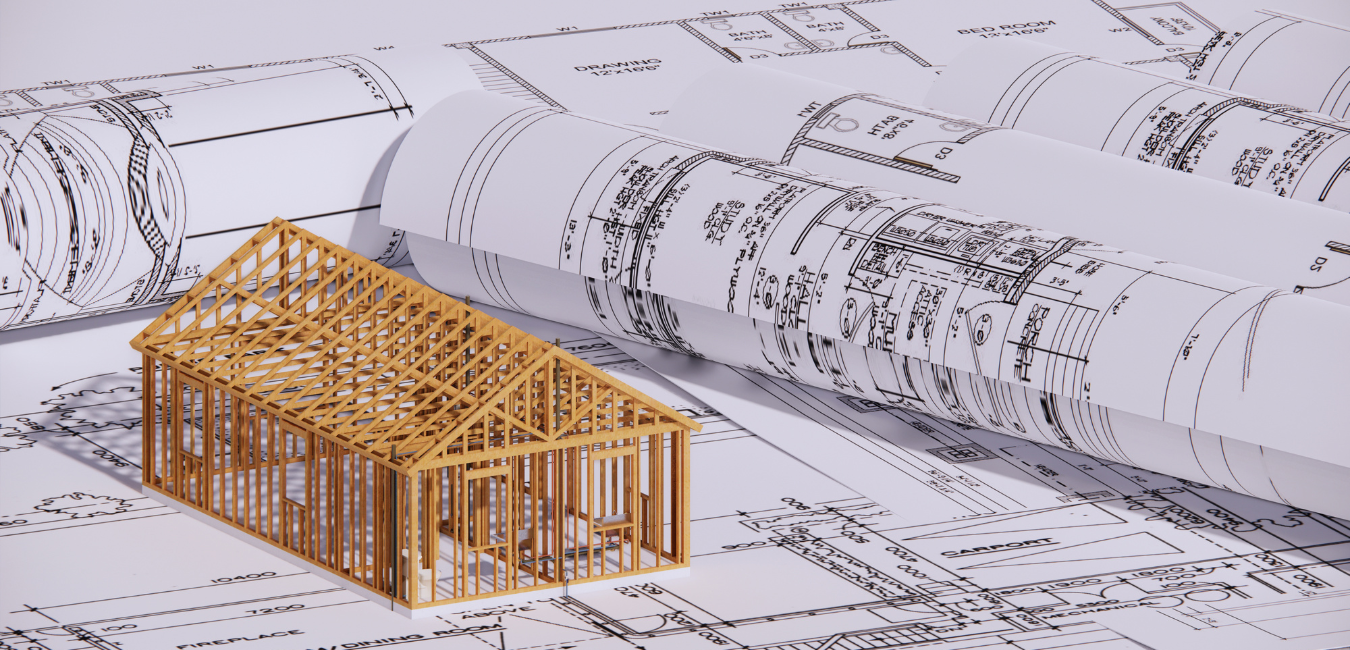The Impact of Technical Advancements on the Style Practices of Contemporary Architects
The fast development of technical tools has dramatically reshaped the design landscape for contemporary architects, cultivating extraordinary degrees of innovation and sustainability. Exploring these dynamics exposes a nuanced interaction between technology and conventional style methods, motivating a more detailed examination of what the future holds for building practices.
Advancement of Architectural Devices
Exactly how have building devices changed the layout and building and construction procedures over the centuries? The advancement of building devices has dramatically impacted the efficiency, accuracy, and creative thinking of style and building and construction.
With the advent of the Renaissance, the intro of the compass and the protractor noted a pivotal shift. These tools enabled designers to attain higher precision in their designs, helping with the emergence of more detailed and proportionate buildings. The Industrial Transformation additionally revolutionized building method with the intro of mechanized devices and products, enabling for larger and much more enthusiastic jobs.
In the 20th century, the development of computer-aided design (CAD) software program changed the landscape as soon as again, offering architects with extraordinary abilities in modeling and visualization. Today, advanced devices such as Structure Information Modeling (BIM) and parametric style software remain to press the limits of architectural technology, making it possible for a much more incorporated approach to layout and construction processes.
Enhanced Partnership in Design
As modern technology continues to progress, boosted collaboration in design has actually come to be a cornerstone of contemporary architectural technique. The assimilation of electronic tools such as Building Details Modeling (BIM), cloud-based systems, and progressed visualization software application has actually transformed the way engineers, engineers, and stakeholders engage throughout the design process. These tools promote real-time communication, enabling groups to share concepts, modifications, and feedback instantly, despite geographical location.

Additionally, interdisciplinary cooperation has been streamlined through these technological developments, making it possible for architects to function much more closely with other specialists, such as city coordinators and environmental professionals. The result is an extra natural strategy to make that takes into consideration various point of views and proficiency. Inevitably, boosted cooperation in layout is not just a pattern; it is crucial for producing cutting-edge, practical, and aesthetically pleasing style in a progressively intricate world.

Sustainability Via Innovation
Sustainability in style has increasingly become intertwined with technological advancement, driving the industry toward ecologically liable practices. Contemporary architects are leveraging sophisticated technologies to reduce ecological impact while improving the efficiency of structures. cda architects. One noticeable example is making use of Building Details Modeling (BIM), which permits specific planning and source allotment, decreasing waste throughout building and construction and promoting power performance throughout a building's lifecycle
Additionally, wise materials and energy-efficient systems are being integrated into designs to optimize source usage. Technologies such as solar batteries and green roof systems harness renewable resource sources, adding to minimized carbon impacts. Furthermore, the application of fabricated intelligence in style procedures makes it possible for architects to simulate and evaluate power consumption, guiding choices towards more sustainable outcomes.
The assimilation of lasting technologies not only straightens with international environmental objectives however additionally satisfies an enhancing demand from consumers for eco-friendly remedies. As engineers welcome these technologies, the focus shifts towards developing spaces that are not only cosmetically pleasing however also functionally lasting, therefore redefining the standards of modern-day style. By doing this, modern technology offers as a driver for sustainability, allowing engineers to design buildings that respect and improve the native environment.
Difficulties in Execution
While technical developments in style hold great assurance for improving sustainability, their execution often encounters considerable obstacles. One primary barrier is the steep learning contour connected with new technologies. Architects and building and construction specialists might call for extensive training to efficiently use advanced software application and tools, which can delay project timelines and enhance expenses.
Additionally, over here the integration of arising modern technologies, such as Structure Info Modeling (BIM) and sustainable materials, commonly requires collaboration throughout multidisciplinary groups. This cooperation can be prevented by differences in know-how, workflows, and interaction designs, bring about potential problems and ineffectiveness.

Furthermore, regulatory frameworks and building codes might not keep rate with technical advancements, producing obscurity and possible conformity issues. This difficulty can dissuade engineers from totally embracing new innovations, as the threat of non-compliance might outweigh the benefits. For that reason, addressing these implementation difficulties is important for the successful assimilation of technological developments in contemporary architectural practices.
Future Fads in Style
The challenges related to the implementation of new innovations in style have browse this site actually triggered a reevaluation of future trends within the market - cda architects. As designers navigate issues such as sustainability, urbanization, and social equity, they are progressively taking on ingenious innovations to enhance design efficiency and environmental efficiency
One noticeable fad is the combination of artificial knowledge (AI) in the layout process. AI tools can analyze substantial datasets to educate design choices, boosting both creative thinking and functionality. In A Similar Way, Building Info Modeling (BIM) remains to develop, making it possible for real-time cooperation among stakeholders and assisting in structured job monitoring.
Lasting style techniques are likewise getting momentum, with engineers focusing on flexible reuse and regenerative style concepts that lessen source consumption and waste. The consolidation of wise products and renewable resource sources will certainly even more improve the strength of structures when faced with climate change.
Additionally, the surge of parametric design permits even more tailored and context-sensitive building remedies (cda architects). By harnessing these improvements, engineers are positioned to produce constructed environments that not only address the prompt needs of culture however additionally anticipate future difficulties, browse around these guys consequently redefining the role of architecture in an ever-changing world
Final Thought
Technical advancements have significantly reshaped architectural design methods, facilitating improved accuracy, cooperation, and sustainability. The assimilation of tools such as Building Information Modeling and parametric style software application, along with artificial intelligence and wise materials, encourages engineers to resolve intricate challenges better. While implementation might present certain barriers, the continued evolution of these innovations assures to drive development in style. Future fads will likely better highlight sustainability and performance, eventually redefining the constructed atmosphere.
Comments on “Changing Areas: The Vision of CDA Architects for Modern Living”